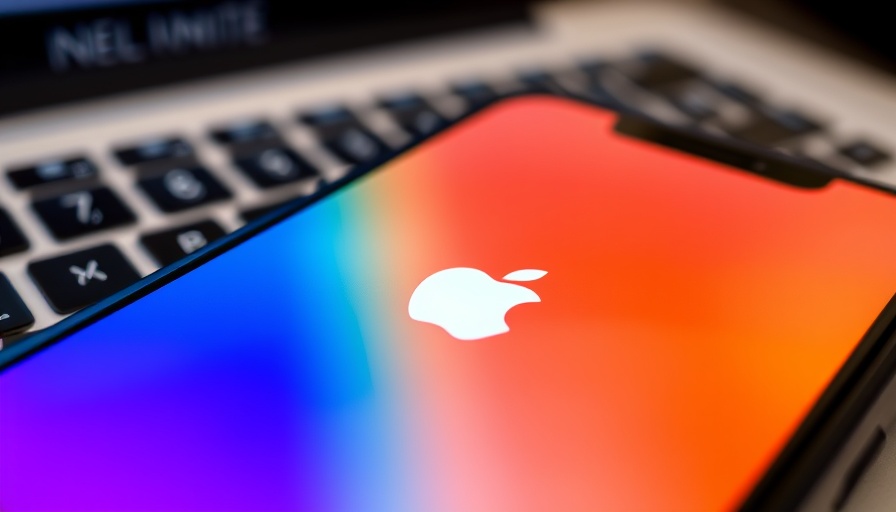
Apple's New AI Strategy: A Look into Differential Privacy
Apple has recently announced a strategic shift in how it approaches artificial intelligence (AI) model enhancements, revealing plans that underscore the importance of user privacy. In light of criticism regarding the adequacy of its AI products, particularly in notification summaries, the tech giant detailed its innovative method of utilizing synthetic data through a technique known as differential privacy. This strategy is tailored to create a more robust AI experience while ensuring user data remains anonymous and secure.
The Mechanism Behind Synthetic Data
At the core of Apple’s new methodology is the concept of synthetic data. Instead of relying on actual user data, which could infringe on privacy, Apple creates synthetic datasets that mimic user-generated content without exposing any real information. As explained in their recent blog post, the synthetic data undergo a process where embeddings are created to encapsulate key dimensions like language, topic, and length. This allows the AI to learn and improve its models more effectively while protecting user identity.
Real Users, Real Data — But Safely!
The tactic involves an active solicitation from users who opt-in to share their device analytics. After generating these synthetic datasets, Apple polls these users' devices to determine which embeddings are the most accurate. By comparing these datasets with snippets from actual emails and other user inputs, Apple can refine its Genmoji models and other future applications, ultimately enhancing user experiences across its platforms.
Implications for the Future of AI
This development marks a significant turn in how tech companies can balance innovation and privacy. As other firms continue to grapple with data privacy issues, Apple's example might inspire broader industry changes. By showcasing how to responsibly handle user data, Apple also sets a benchmark for emerging technologies, demonstrating that businesses can still harness user information for enhancements without compromising privacy.
Broader Trends in AI and Privacy
The increasing push for privacy-centric approaches isn't just limited to Apple. Many technology firms are reassessing their data use policies amidst growing consumer and regulatory pressures. For instance, Google's privacy measures have also intensified, aiming to align with new legal frameworks that emphasize user consent and data protection. This reflects a larger trend in the tech sphere where customer trust is paramount, influencing operational practices.
A Cautiously Optimistic Approach to AI Development
As Apple and other companies explore these new avenues, the future of AI remains cautiously optimistic. The integration of robust privacy measures with advances in AI technology could lead to significant breakthroughs that not only enhance user experience but also foster a sense of security amongst consumers. Ultimately, this convergence of technology and ethics may pave the way for a more trustworthy tech landscape.
Final Considerations: What This Means for Users
For regular users, understanding Apple's innovative AI model helps demystify how their data could be utilized in a secure and private manner. This approach aims to enhance daily interactions with technology while keeping individuals' data safety at the forefront. As tech news continues to evolve with each innovation, staying informed is crucial for making educated decisions about device usage and data sharing.
As we watch this development unfold, it is essential for consumers to remain engaged and aware of how these advancements could directly impact their tech experiences.
 Add Row
Add Row  Add
Add 



Write A Comment